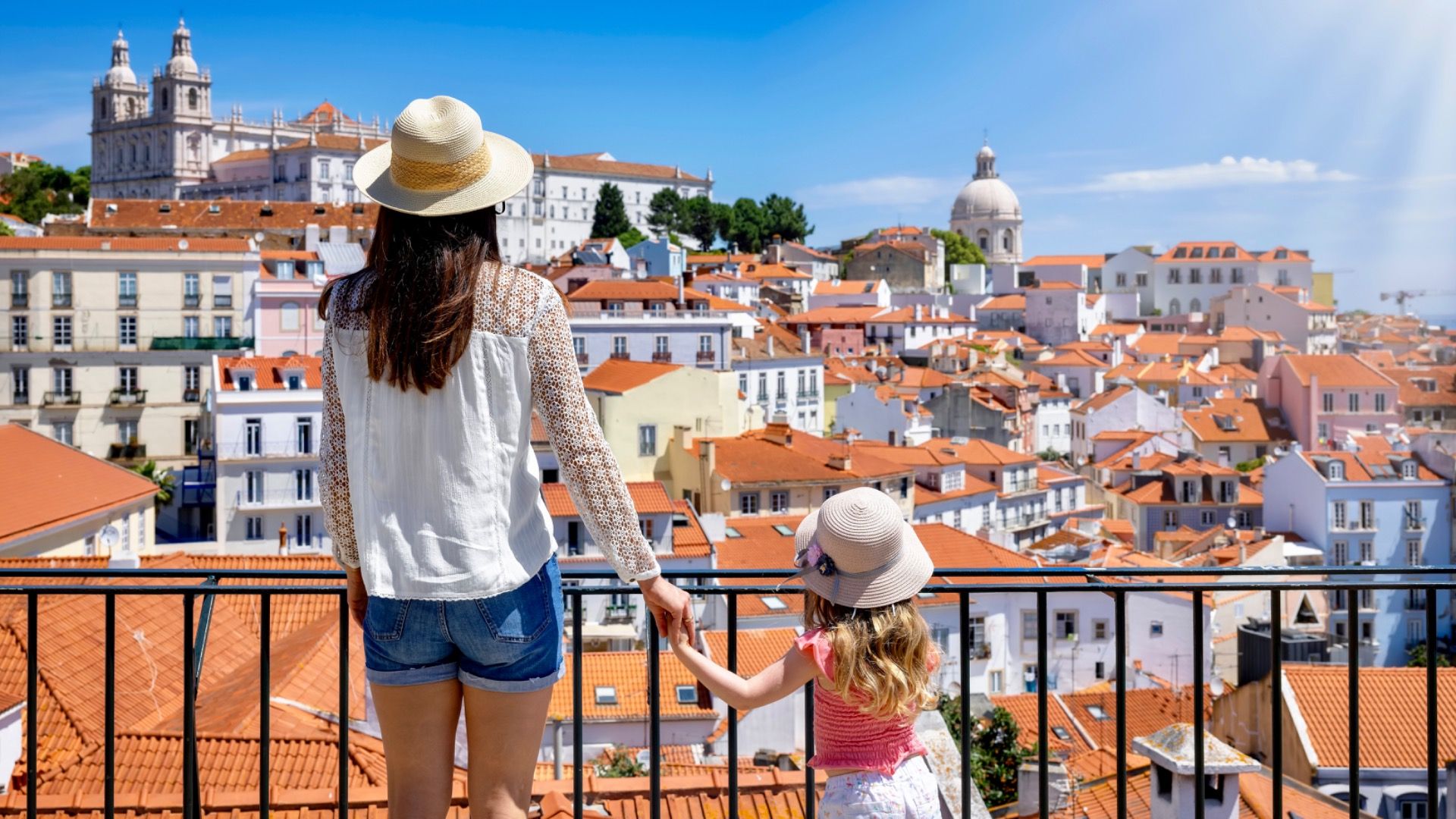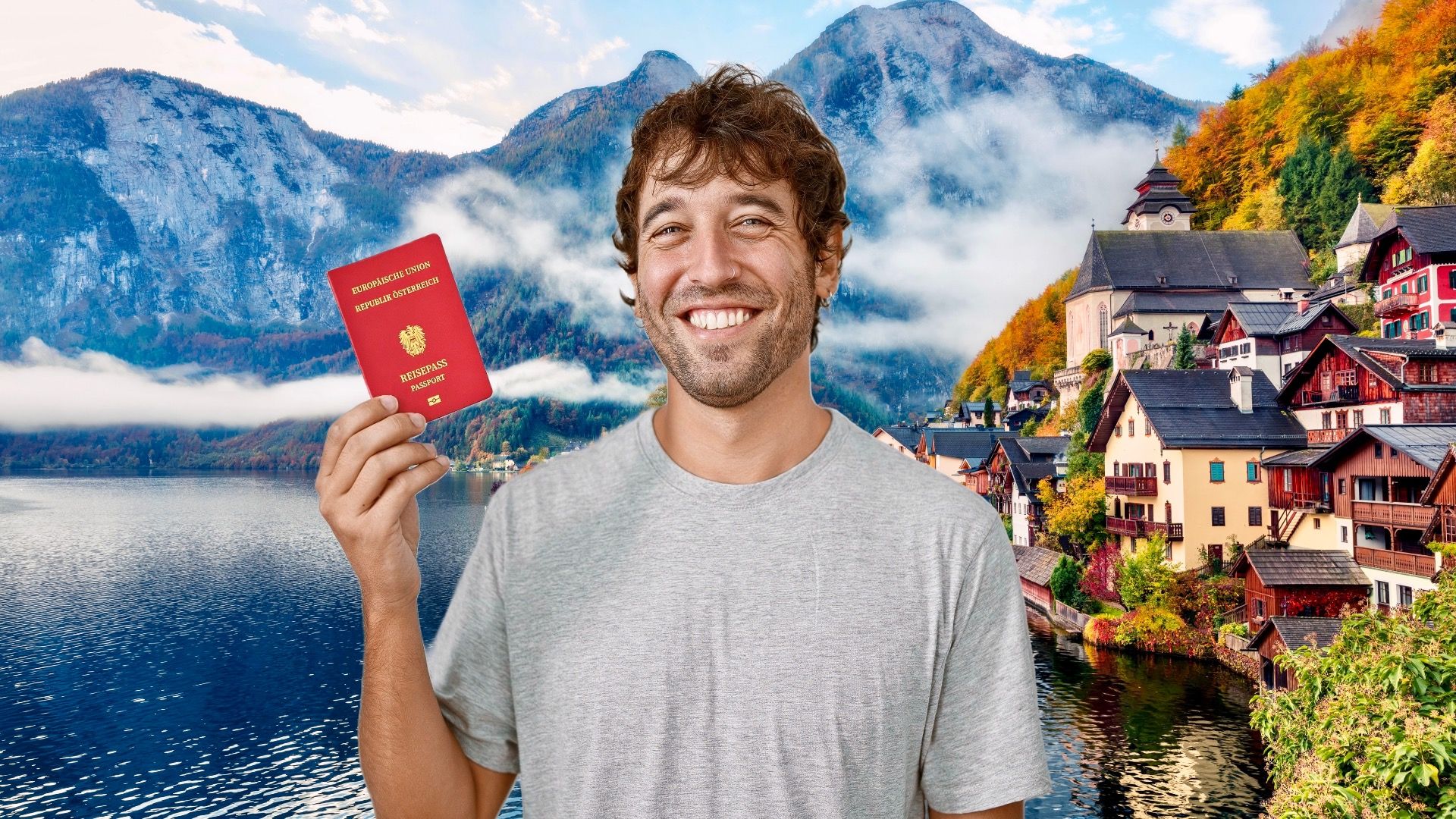Summary
- Italy is a cultural superpower, but other European countries like Austria, Belgium, and Malta offer cheaper and equally enriching experiences.
- Austria’s historical sites and breathtaking landscapes, like Vienna’s Schönbrunn Palace and Salzburg, make it a must-visit destination in Europe.
- Malta’s UNESCO World Heritage Sites and beautiful beaches, along with countries like Montenegro and Croatia, provide budget-friendly travel options.
With 52 million visitors in 2016, Italy is a cultural superpower, and the fifth-most visited country in the world. Tourists are drawn to this historic country because of its culture, cuisine, history, architecture, art, religious sites, and routes. For example, the ancient Baths of Rome are now a bucket-list stop for anyone visiting Italy. Also, many of Italy’s medieval towns are popular summer tourist attractions due to their rich history and fantastic weather.
However, Italy is only one of many European countries with history and culture as prime attractions. Most of Europe has a long, intertwined history with a diverse culture crisscrossing empires, architecture, and geographies, like the famous Croatian city of Pula, home to one of the best surviving Roman temples.
Many people also find Italy expensive to visit, while other equally attractive European countries are more affordable and offer a lifetime of experiences. Here are a number of cheaper and comparatively inexpensive destinations besides Italy to visit in Europe.
Related
7 European Destinations For Summer 2024 Under $1,000
Spend an unforgettable and affordable vacation in Europe this summer for less than $,1000 in places like Porto, Varna, Sibiu, and many more.
7 Austria
On average, a one-week trip to Austria for two people costs $2,273 vs. $2,508 (In Italy)
Nestled in the Eastern Alps, Austria’s place in European history is as breathtaking as its landscapes, from the grandeur of Vienna’s Schönbrunn Palace to the humble birthplace of Mozart in Salzburg, and even the historic event of Archduke Franz Ferdinand’s assassination, which shaped the course of the First World War. As a landlocked country, Austria shares its borders with eight immediate neighbors, including the picturesque Italy, Germany, and Switzerland.
Small and historical Austria offers its 39.8 million (2022) visitors alpine scenery, world-class museums, cobbled quaintness, and Wiener schnitzel. Vienna, the capital city, is a treasure trove of European and even world history. Austria’s most prominent national symbol, the magnificent St Stephen’s Cathedral, is known for its intricately tiled roof and nearly 500-foot-tall South Tower. Admission to the Cathedral is FREE of charge, but only to the main nave.
Visiting the towers, catacombs, cathedral treasury, and the lift to the Pummerin bell can only require a guided tour for a fee. The city’s historic center is rich in beautiful architecture, including Baroque castles and gardens, and is entirely free to explore. (Entry to specific attractions may be chargeable.)
Beautiful Salzburg, the birthplace of Mozart, is stunning and one of Europe’s most walkable cities. The old town’s cafés on cobblestone streets and astounding architecture in many churches and cathedrals are all easily accessible and free to explore.
|
Average Daily Meal costs |
$40 vs. $49 (in Italy) |
|---|---|
|
Average Daily Local Transportation costs |
$27 vs. $28 (in Italy) |
|
Average Daily Hotel costs |
$174 vs.$182 (in Italy) |
|
Austria’s Popular Cities |
Vienna, Salzburg, Innsbruck |
|
Best Time to Visit |
April, early May, September, and October |
|
Other Popular Attractions |
6 Belgium
On average, a one-week trip to Belgium for two people costs $2,141 vs. $2,508 (In Italy)
Known for its medieval towns and Renaissance architecture, and as the headquarters of the European Union and NATO, Belgium is equally famous for beer, chocolate, waffles, and French fries. The country has distinctive regions with Dutch-speaking Flanders to the north, French-speaking Wallonia to the south, and a German-speaking community to the east.
Considered one of Europe’s most beautiful medieval squares, with many historic 17th-century buildings, the Grand Place is the center of Belgium’s capital, Brussels, and is free to visit. Visitors can wander through the Les Galeries Saint Hubert, a dazzling glass-roofed arcade in Brussels, buzzing with cafés, theaters, and luxury stores.
Gothic architecture and its cultural appeal have led the historic center of Bruges to be designated a UNESCO World Heritage Site, which is also free to visit. The ancient Roman city of Tongeren is also the oldest in Belgium and is home to Roman ruins and plenty of excellent Medieval attractions.
|
Average Daily Meal costs |
$46 vs. $49 (in Italy) |
|---|---|
|
Average Daily Local Transportation costs |
$19 vs. $28 (in Italy) |
|
Average Daily Hotel costs |
$153 vs.$182 (in Italy) |
|
Belgium’s Popular Cities |
Brussels, Bruges, Tournai |
|
Best Time to Visit |
March to May and September |
|
Other Popular Attractions |
5 Malta
On average, a one-week trip to Malta for two people costs $1,768 vs. $2,508 (In Italy)
Boasting numerous UNESCO World Heritage Sites, the Mediterranean archipelago of Malta offers much to see and is steeped in history and culture. It consists of the following islands: Gozo, Comino, and Malta, the latter of which features the seaport capital city of Valletta.
Valletta is renowned for its museums, palaces, and grand churches. St. John’s Co-Cathedral (entry fee $16 per person) stands out among its many Baroque landmarks. The Upper Barrakka Gardens (free entrance) is a public garden in Valletta worth visiting for its panoramic view of the Grand Harbour; go for a stroll in the gardens and pass the Saluting Battery, which is a few euros to enter and see the cannon salute at midday.
Walking through the gates of the Old City of Mdina (No Entrance Fee) is a breathtaking experience of silence to absorb the heritage and history of the Silent and ancient city. One of the best beaches in Malta is Mellieha Beach, which is FREE to visit and has pristine blue water with clean white sand.
|
Average Daily Meal costs |
$35 vs. $49 (in Italy) |
|---|---|
|
Average Daily Local Transportation costs |
$25 vs. $28 (in Italy) |
|
Average Daily Hotel costs |
$140 vs.$182 (in Italy) |
|
Malta’s Popular Cities |
Valletta, Mdina, Rabat |
|
Best Time to Visit |
July and August |
|
Other Popular Attractions |

Related
Cheapest Cities To Visit In Western Europe 2024
These budget-friendly destinations allow travelers to explore charming streets, historic sites, and vibrant local cultures without breaking the bank.
4 Montenegro
On average, a one-week trip to Montenegro for two people costs $1,568 vs. $2,508 (In Italy)
Montenegro is known for its jagged mountain range, medieval villages, and beaches that line its sparkling Adriatic coastline. One of the most beautiful, affordable, and underrated European countries, Montenegro is great to visit all year, but summer gets fairly crowded with tourists.
The Bay of Kotor, resembling a fjord, is dotted with coastal churches and beautifully preserved old towns such as Kotor and Herceg Novi. Exploring these places is like being sent back in time; plus, all of it is free. The Old Town of Budva (Stari Grad) is a lovely but smaller version of Kotor Old Town, with typically winding alleys, churches, shops, and fantastic sea views (Also free to explore.)
For nature lovers, Durmitor National Park, home to bears and wolves, encompasses limestone peaks, glacial lakes, and the 1,300m-deep Tara River Canyon, one of the world’s largest. The Tara Bridge has free access to drive on and experience this wonder of nature.
|
Average Daily Meal costs |
$39 vs. $49 (in Italy) |
|---|---|
|
Average Daily Local Transportation costs |
$17 vs. $28 (in Italy) |
|
Average Daily Hotel costs |
$91 vs.$182 (in Italy) |
|
Montenegro’s Popular Cities |
Kotor, Budva, Herceg Novi |
|
Best Time to Visit |
April and September |
|
Other Popular Attractions |
3 Croatia
On average, a one-week trip to Croatia for two people costs $1,447 vs. $2,508 (In Italy)
Croatia, a country with a well-earned reputation for safety and security, is a welcoming destination for tourists. Its low crime rates, warm hospitality, and cultural inclusivity make it a top choice for European travel. Nestled on the coast of the Adriatic Sea, Croatia’s high-income, developed economy is an indication of its stability and prosperity.
The crescent-shaped nation has a fast-growing tourism industry, which attracted 17 million visitors in 2017. The country’s tourism is mainly concentrated along the coast, featuring low mountains and highlands near the Adriatic coastline.
One of the country’s most iconic assets is Dubrovnik’s ancient walls, stretching around the Old Town’s churches, palaces, and terracotta rooftops. Entrance tickets are inexpensive but mandatory for all visitors to the walls, even if they are to walk along ($37.5 per person). The walk takes about two hours, and walking in the scenic old town is free. The old architecture with narrow streets mesmerizes its visitors.
Every corner of the old town of Rovinj is also stunning, and it is the preferred old town for many tourists to visit in Croatia. Meanwhile, the Diocletian Palace in Split is not simply a cultural monument; it is the only living monument in the world, as approximately three thousand people still live inside this world heritage site. And there is no Diocletan’s Palace entrance fee; it is free for everyone.

Related
7 Islands In The U.S. That Feel Like Europe
The U.S. is home to several islands that capture the essence of European landscapes, cultures, and architecture.
2 Romania
On average, a one-week trip to Romania for two people costs $1,169 vs. $2,508 (In Italy)
A southeastern European country, Romania is known for its forested region of Transylvania, rich history, and well-preserved medieval towns.
Bucharest is the country’s capital and commercial center, and visitors can easily explore Transylvania’s enchanting castles, Dracula’s home, and stunning Gothic churches on a day trip from Bucharest. The historic Lipscani district of Bucharest is home to an energetic nightlife scene, the Eastern Orthodox Stavropoleos Church (free to enter), and the 15th-century Curtea Veche Palace.
The Timișoara Orthodox Cathedral (free to enter) is a Romanian Orthodox church in Timișoara that holds and displays historical and artistic religious items, including an extensive collection of old Romanian icon paintings and early Romanian writings. Meanwhile, driving on the scenic Transfagarasan Highway is a great and inexpensive way to experience Romania’s beautiful Fagara mountains.
1 Poland
On average, a one-week trip to Poland for two people costs $921 vs. $2,508 (In Italy)
Strategically located in the heart of Europe, Poland is considered one of the world’s most economically stable and fastest-developing countries. It is full of scenic natural landscapes, captivating historical sites, cultural artifacts, and much more.
Warsaw, the capital of Poland, is a cosmopolitan city with skyscrapers, modern buildings, trendy young people, excellent bars and cafés, and a buzzing nightlife. Yet, each village, town, and city reflects Poland’s ancient and medieval history.
Castle Square in Warsaw is a public place, permanently open, and has no admission fee. The old Town of Warsaw was destroyed after World War II. Still, the entire neighborhood (which is walkable free) of cobblestone Gothic streets and alleyways, baroque palaces, numerous churches, and tiered burghers’ houses has been meticulously reconstructed to reflect the atmosphere of bygone days and is an absolute joy to visit.
Often called “the magical pearl of Poland,” Kraków has maintained its unique atmosphere and rich traditions despite all the hardships that Poland experienced in the 20th century, including World War 2. Its huge 10-acre Rynek Glowny Central Square features the 16th-century Renaissance Cloth Hall ($120 per person) and the splendid 14th-century Gothic Basilica of the Virgin Mary. The square is free to explore, although each building may have its own entrance fee and charges.

